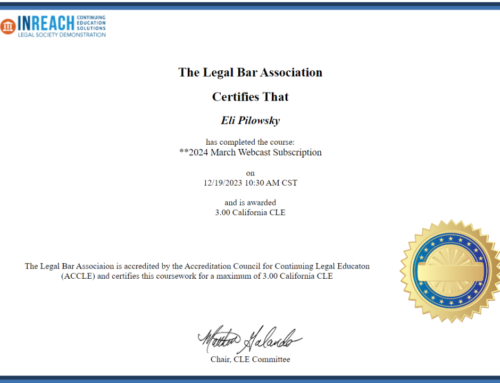Ah, the conundrum of pricing education programs – a labyrinth of decisions fraught with the peril of deterring learners with exorbitant fees or leaving revenue potential untapped with undervalued offerings. It’s a quandary that keeps educators and program administrators up at night, pondering the delicate balance between attracting eager learners and sustaining financial viability.
Diving into the Dilemma
In a room brimming with seasoned professionals, we posed a crucial question to the attendees: How do you currently determine the pricing of your programs? The responses painted a vivid picture of the challenges plaguing the pricing landscape:
- 60% attempt to gauge the perceived value of their offerings.
- 57% take a peek at what competitors are charging and adjust accordingly.
- 45% base their pricing on the cost of the program, adding a markup for good measure.
- Only 19% have the courage to directly ask their customers what they’re willing to shell out.
Navigating the Choppy Waters
Yet, beneath the surface lies a myriad of challenges that can shake even the most confident pricers to their core:
- Members, accustomed to shelling out dues, often expect educational programs, like webinars, to be freebies.
- Fierce competition, including from entities offering similar programs for free or at lower prices, casts a shadow over pricing decisions.
- Economic realities, such as stagnant salaries and dwindling professional development budgets, constrict the purse strings of potential learners.
- The emergence of a culture of freely shared knowledge in certain professions poses a formidable barrier to charging for educational offerings.
Deconstructing the Pricing Paradigm
#1: Value
Value serves as the bedrock upon which pricing strategies are built. By discerning what learners truly value, educators can tailor their programs to meet those needs and effectively communicate their worth. Considerations include:
- The allure of continuing education credits.
- The esteemed reputation of subject matter experts.
- Tangible proof, such as glowing testimonials, of knowledge or performance enhancement.
- Access to influential figures or peer networks.
- Opportunities for practical application and skill refinement.
- Ancillary benefits like supporting materials or discounted travel arrangements.
#2 Price
Price, the tangible expression of value, demands careful calibration. Engaging in thorough portfolio analysis and competitor research helps establish appropriate pricing structures. Strategies include:
- Offering a spectrum of products across various price points to cater to diverse audiences.
- Understanding consumers’ reference price range and anchoring pricing accordingly.
- Employing methodologies like the Van Westendorp Price Sensitivity Meter or the Gabor-Granger Method to gauge consumer price perceptions and demand elasticity.
#3: Communication
Effective communication is the linchpin that binds value propositions to consumer perceptions. Strategic branding and messaging can reshape how programs are perceived and elevate their desirability. Considerations include:
- Crafting compelling narratives that differentiate offerings from competitors.
- Reimagining product categories and formats to shed any negative connotations.
- Introducing elite programs with prestige pricing to elevate the perceived value of other offerings.
In Conclusion
Navigating the labyrinth of pricing educational programs demands a strategic blend of insight, intuition, and innovation. By anchoring pricing decisions in the pillars of value, price, and communication, educators can chart a course toward sustainable growth and learner satisfaction. So, let’s embark on this journey together, unlocking the true potential of educational programs while ensuring they remain accessible and impactful for all.






